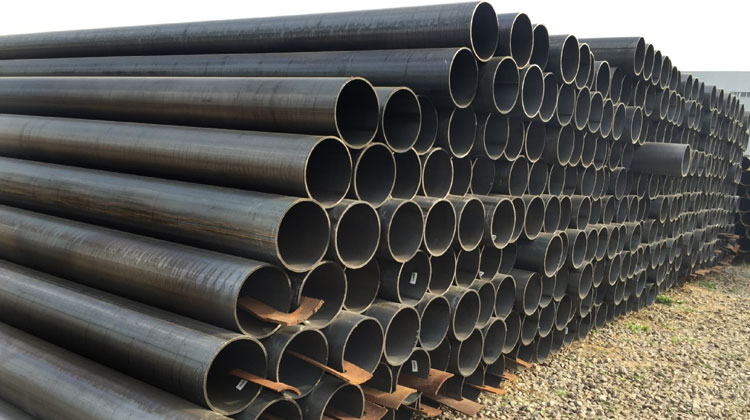
ASTM A53 vs. ASTM A500 steel pipes
August 28, 2017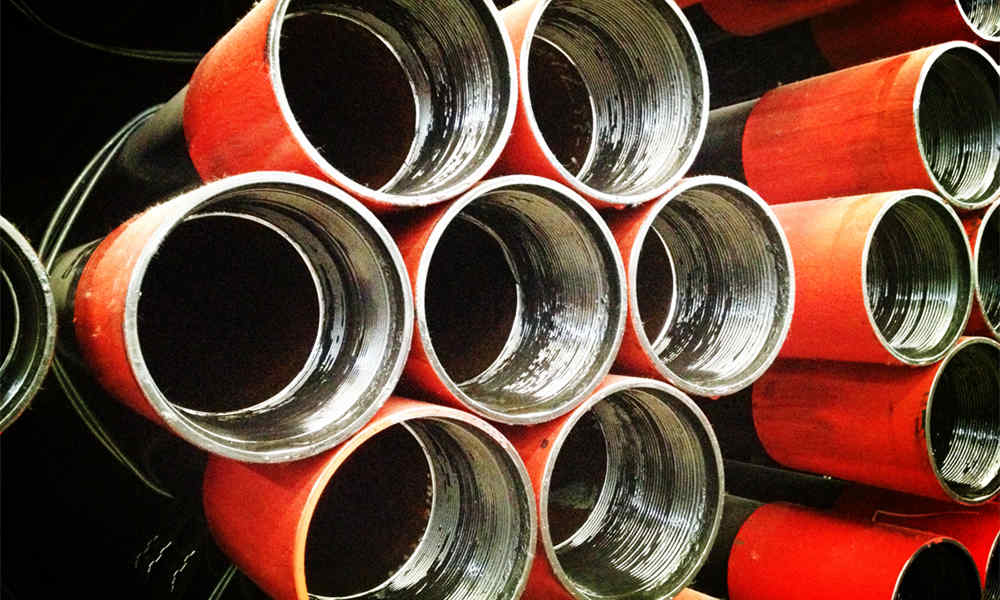
API 5CT Casing pipe ,American Petroleum Institute API Specification 5CT/ ISO 11960:2001
September 14, 2017This ASTM specification is written so that the end user and the manufacturer can agree upon, and clearly understand, the properties and capabilities of the piping product being supplied. In contrast with national codes (like API, ASME or CSA), ASTM A53 is rarely stipulated by national or state-level legal requirements. ASTM A106 is rarely stipulated by national or state-level legal requirements.
ASTM A 53 can be welded seam or seamless depending on how it is specificed for purchase. It is a general steel pipe spec and covers galvanized pipe as well as black pipe.
ASTM A106 is a similar pipe in chemical composition but is intened for high temperature service (up to 750 Degs F). It is a seamless pipe.
there is a lower limit on manganese (Mn) in ASTM A106 of around 0.30% Mn, though you will typically see at least twice this much (around 0.60% Mn). For products that are hot rolled, it will be more common to see values of 0.80 to 1.20% Mn, as the increased alloying is necessary to attain the strength requirements of the standard. Because of these considerations, this product will commonly have a Mn/C ratio of 3 to 5 depending on the production method. Therefore, ASME B31.3 limits the low temp application of SA106 Grade B products to above -20F (-29C). That being said, for lower temp applications approaching -20F, many engineers may choose to spec specific low-temp products (such as SA333) for these applications.
A106 does not have its own table of pipe dimensions. Rather, like A333 and API 5L, it reverts to ASME B36.10 for the nominal pipe dimensions. Therefore, A106 pipe products are often multi-certified to similar ASTM A53, A333 and API 5L grades, where the requirements of all these specifications are met.
ASME has recognized the widespread use of this product, and has adopted the A53 standard for use in pressure vessel (BPVC) and pressure piping (B31.X) applications. The details of this can be found in ASME Boiler and Pressure Vessel Code (BPVC) Section IIA, and is identified as SA53. Note that there may be minor exceptions in the SA version of ASTM standards, and the engineers, end users, purchasers and Manufacturer must comply. Note also that there is often a 5 to 10 year lag between the approved ASTM edition and the approved ASME edition. This means that there can be minor differences between the two specifications. Most engineers who spec SA53 product will also prefer to follow the requirements of the more recent ASTM version (which is usually also more strict), resulting in the common notation ASTM/ASME A/SA53 Seamless Pipe on the product documentation.
Chemical Composition: A53 seamless carbon steel pipes vs A106 seamless carbon steel pipes
For example when we compare between A106-B and A53-B seamless from chemical composition point of view, we find that :
1. A106-B contains silicon, min. 0.10% where A53-B has zero%, and silicon is the important element for improving the heat resistance criteria.
2. A106-B contains manganese 0.29-1.06%, where A53-B 1.2%.
3. A106-B contains low sulfur and phosphorus, max. 0.035% where A53-B contains 0.05 and 0.045% respectively.

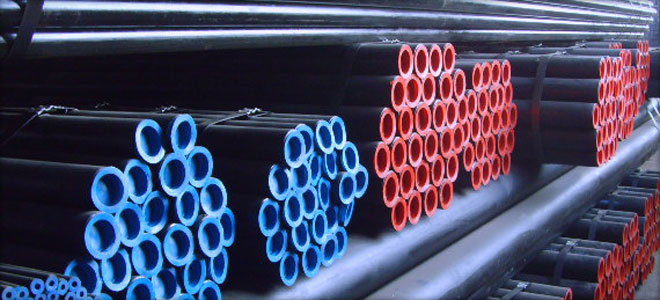
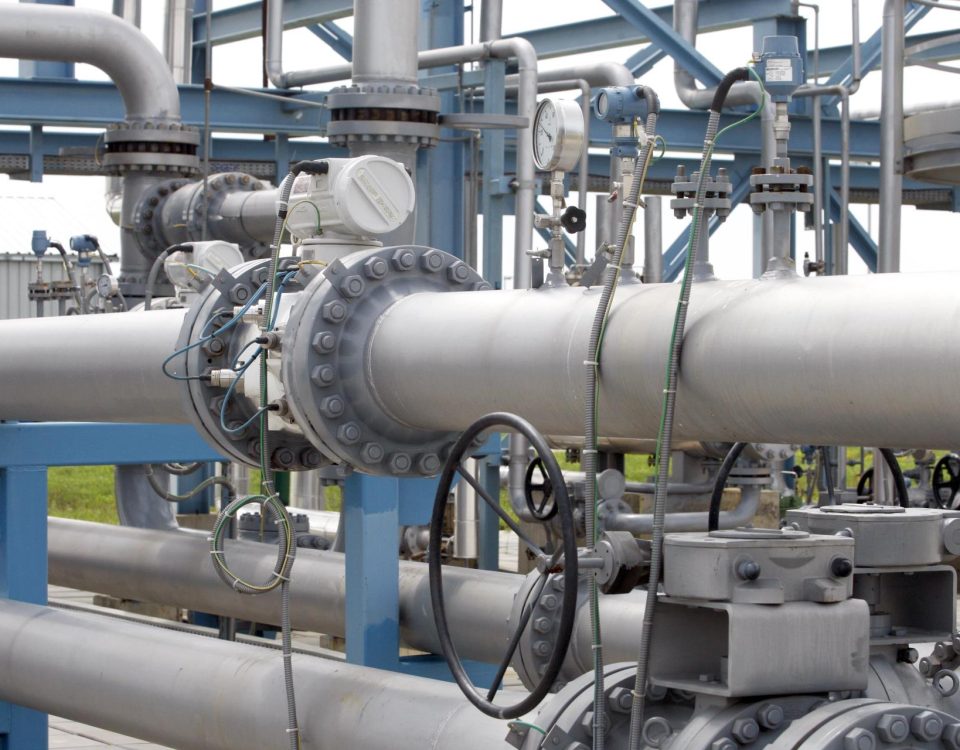
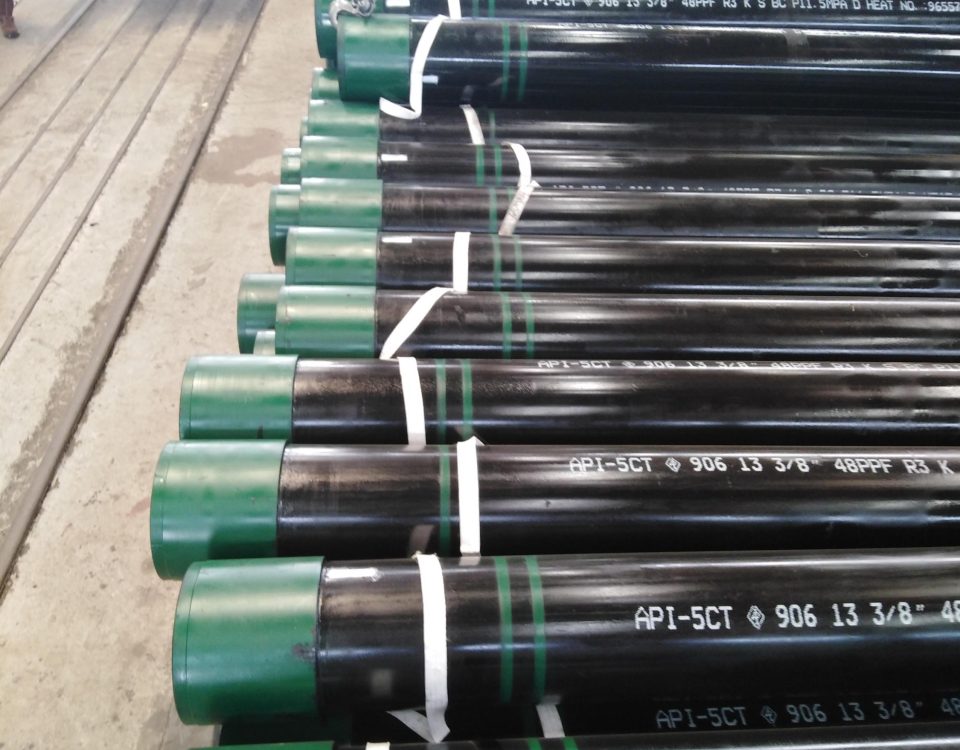
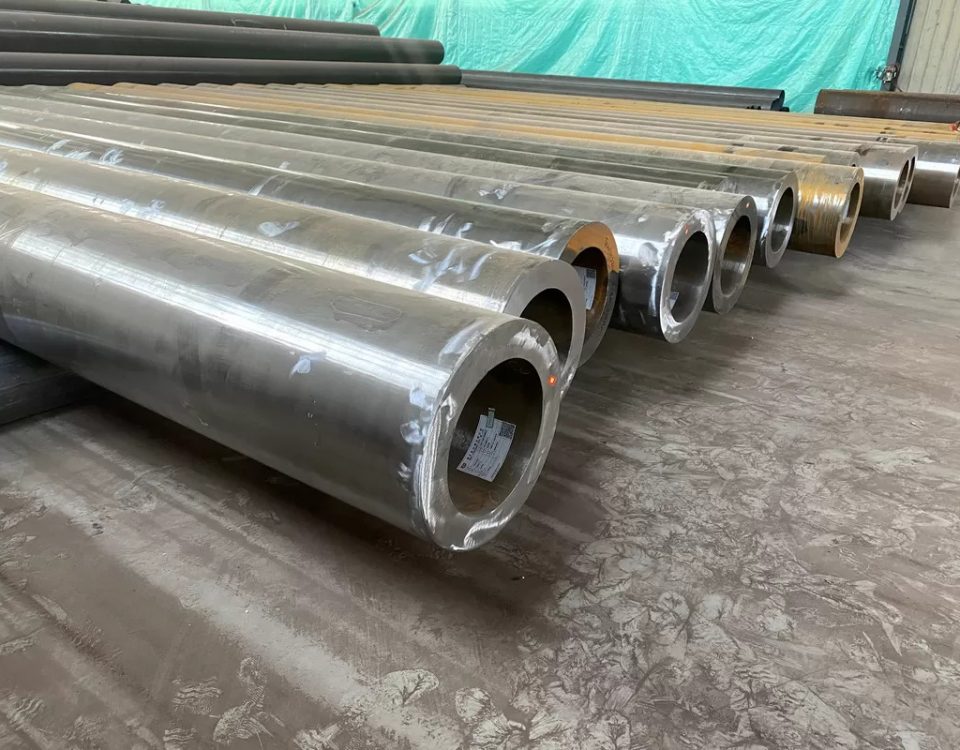
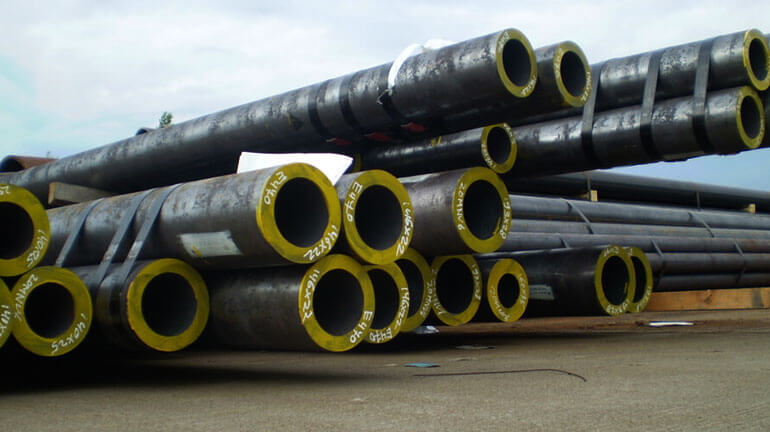
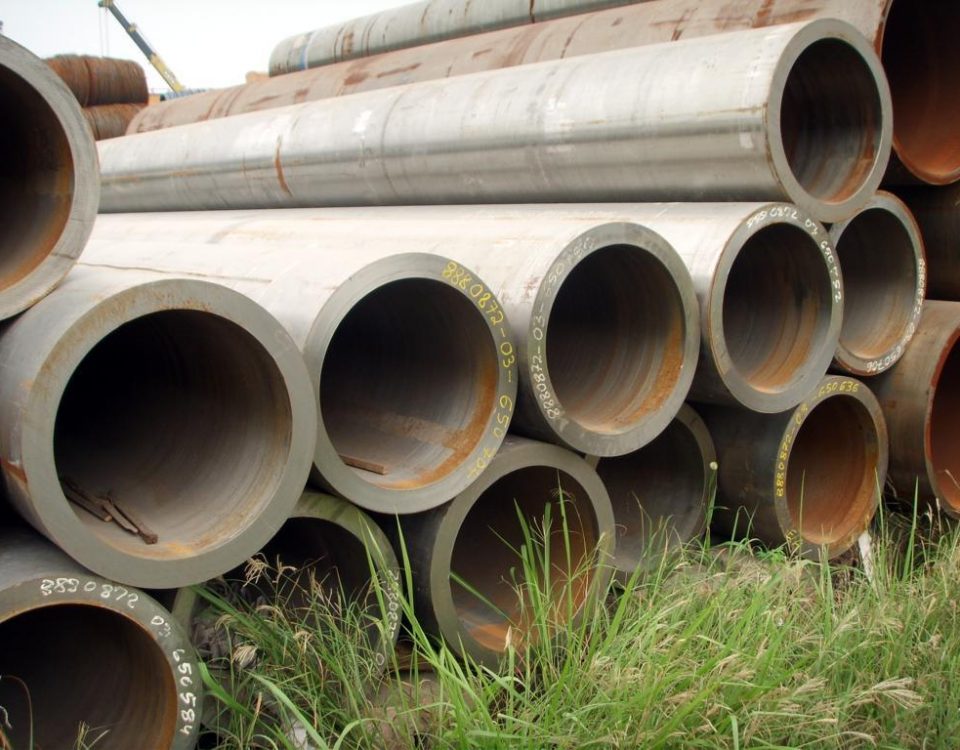
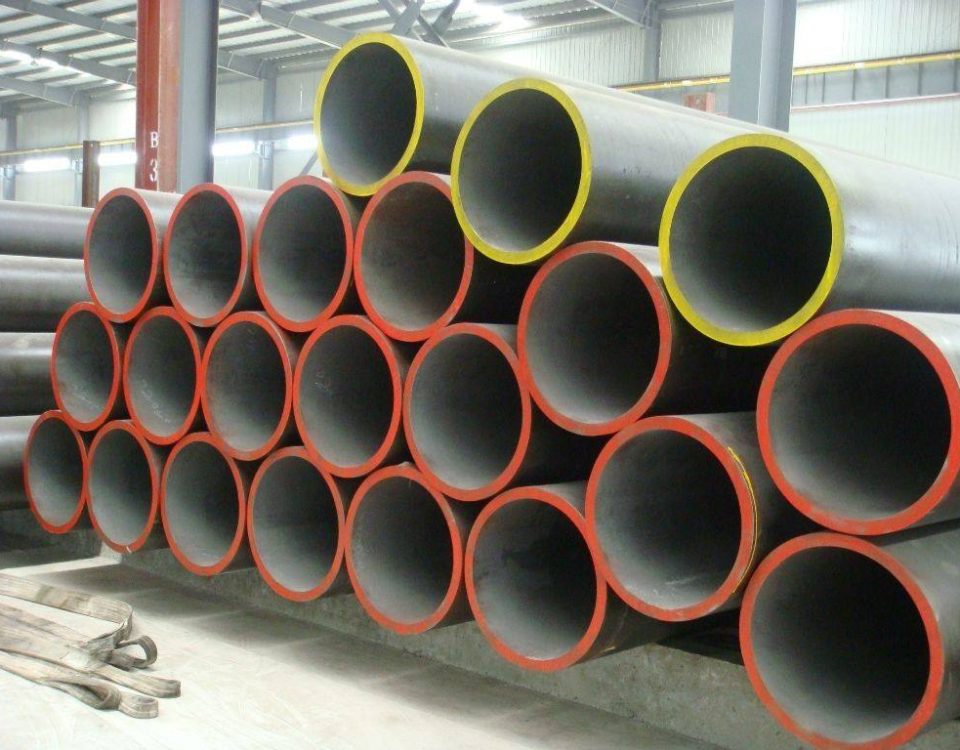
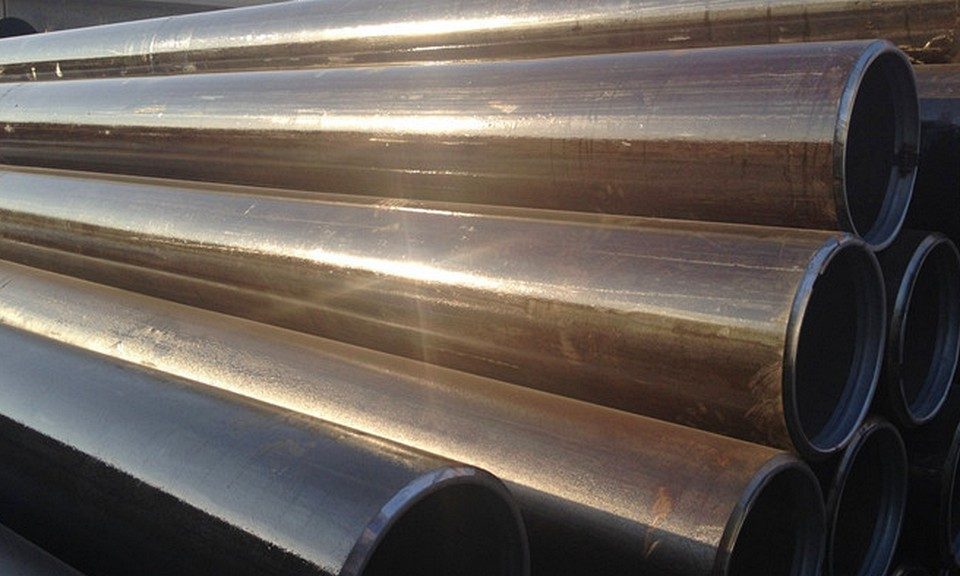
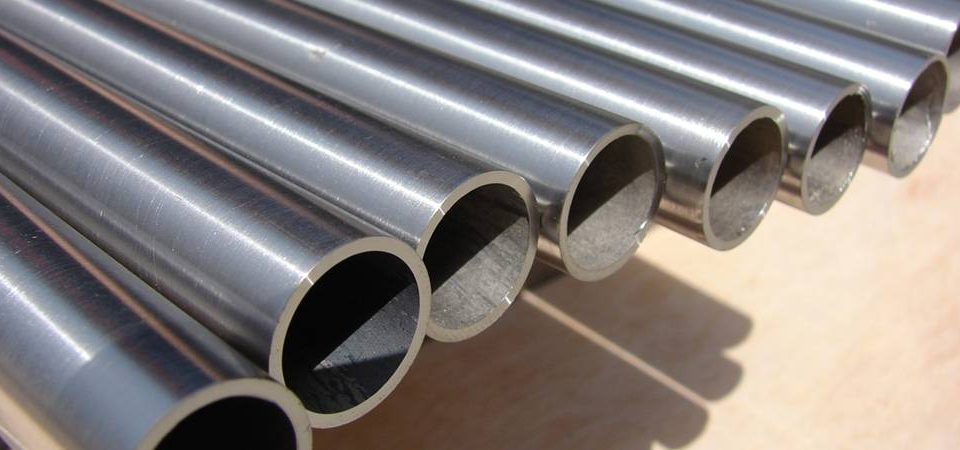
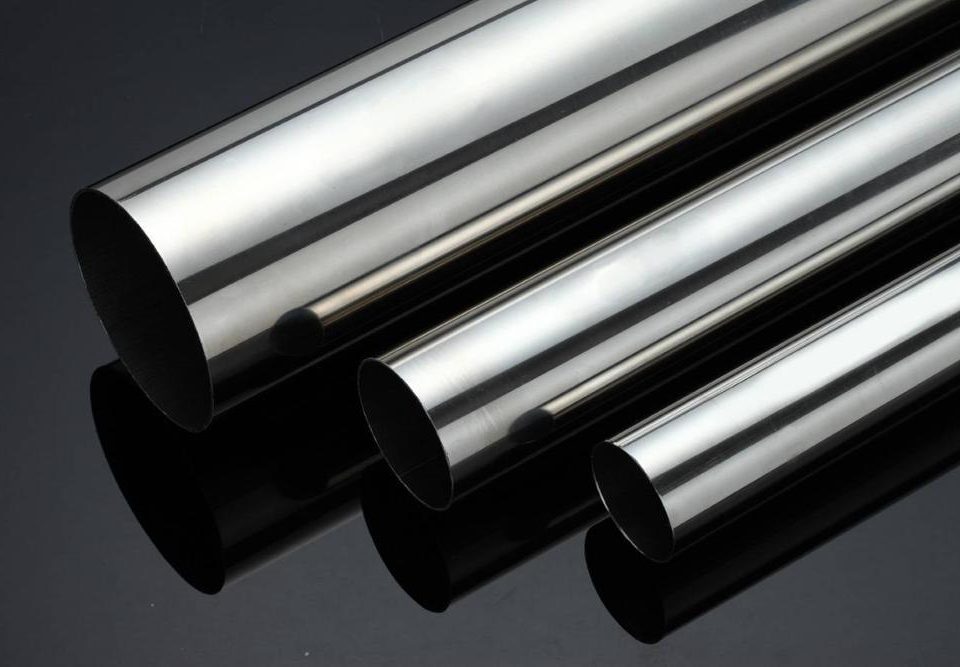
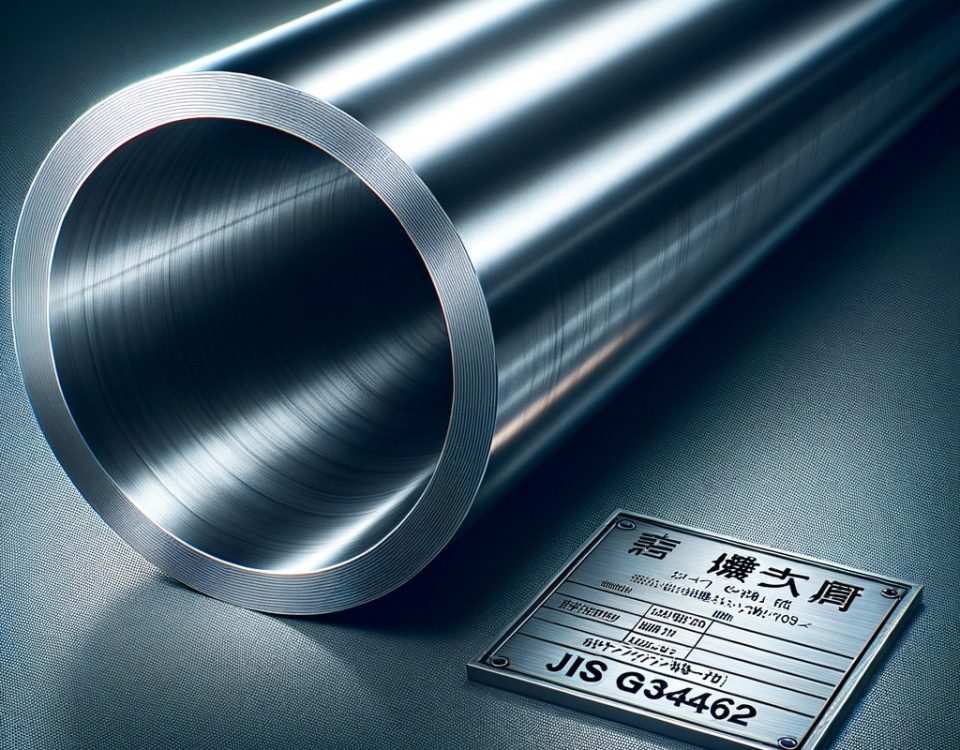
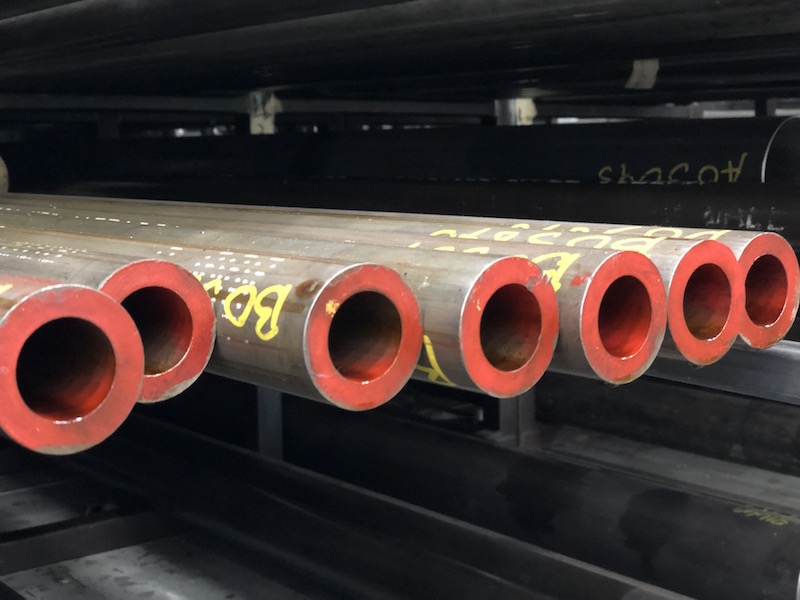
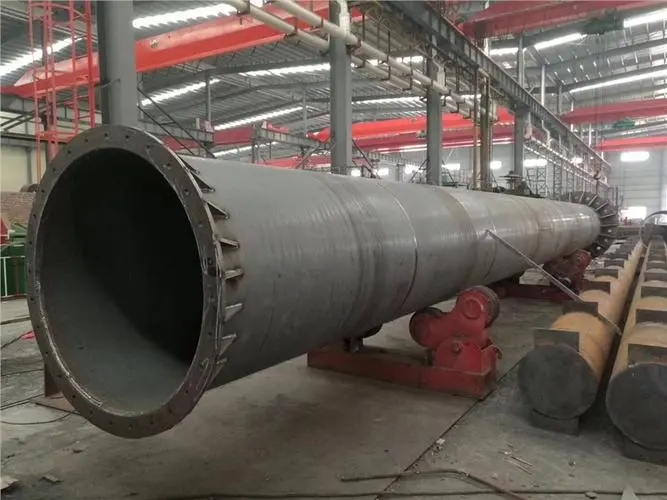
2 Comments
What is the size range of the ASTM A106 steel pipe ?
Size Range:1/2″ – 24″ Schedules:Standard (STD), Extra Heavy (XH), 100, 120, 160, XXH